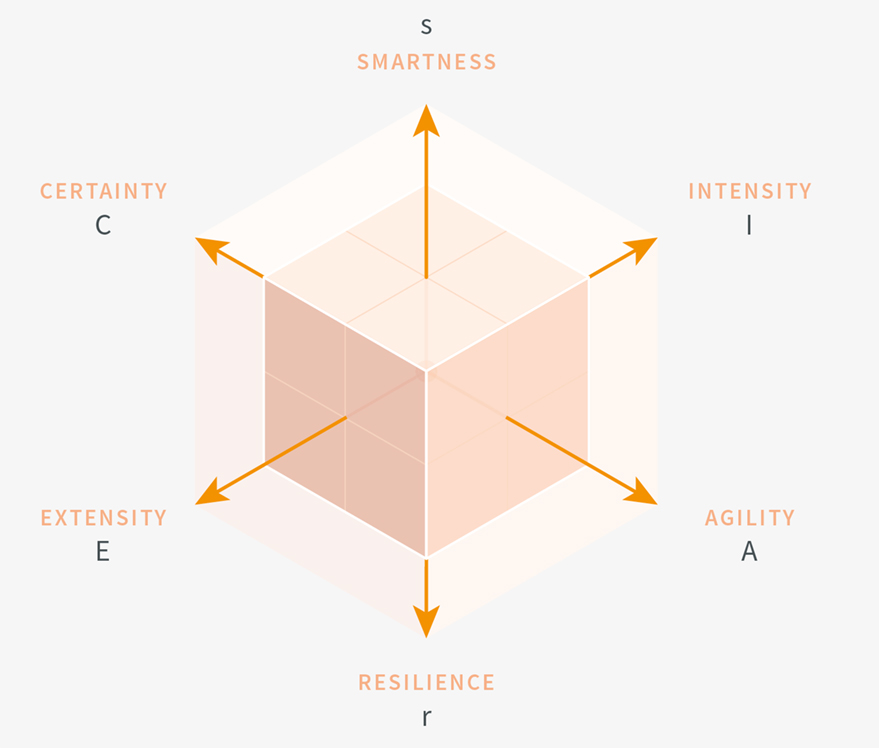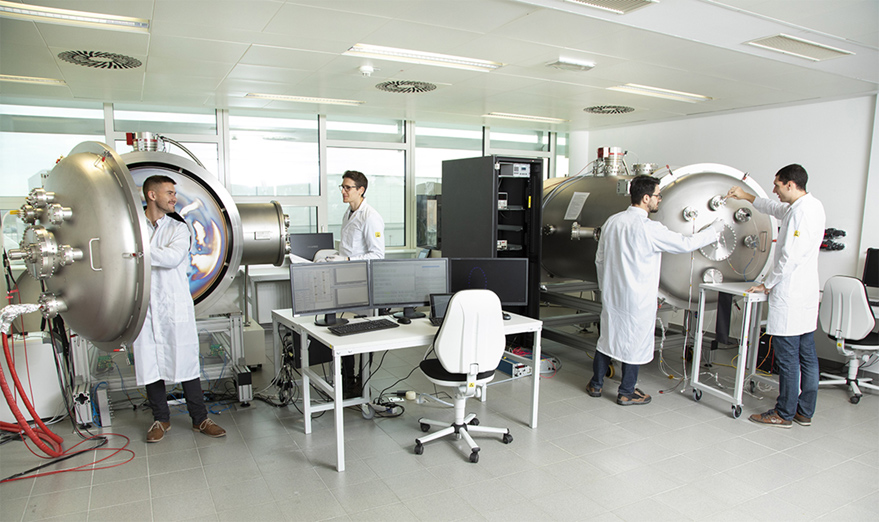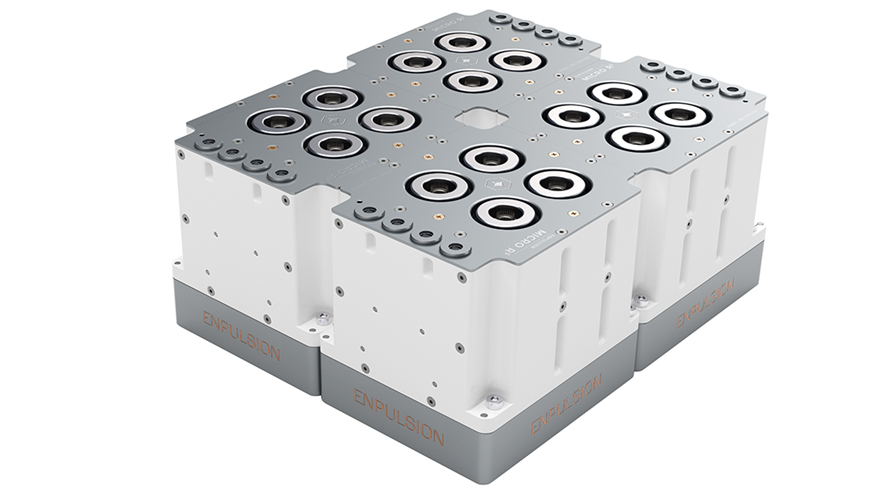COMPANY PROFILE: ENPULSION
Today we present ENPULSION, an Austrian company developing cutting edge thruster solutions for small and medium satellites. Founded in 2016, it has delivered more than 130 thrusters and 50 of them are already propelling satellites of various size in space. How did the company achieve that?
Milestones:
2017 – ENPULSION is founded. 17 000 hours performance test of the ENPULSION NANO.
2018 – first demonstration in space of the ENPULSION NANO
2019 – expansion of production facilities and ISO 9001 certification. Launch of several ENPULSION NANO modifications:
2020 – launch of ENPULSION MICRO R3
Vision:
The company’s goal is to provide reliable and accessible propulsion solutions to ensure in-space mobility for customers of all types.
The technology:
Together with FOTEC the company develops propulsion solutions based on Field Emission Electric Propulsion, also known as FEEP. This is one of the most advanced ion propulsion technology and much preferred by satellite builders because of its many advantages: high performance that can be accurately controlled, high specific impulse, and compact and simpler system structure. Less complex propellant system means that no valves, piping and gas tanks are needed. ENPULSION’s thrusters use as propellant indium, which is safe, non-toxic, and cost-efficient. Thrusters are shipped full which allows for faster integration and reduced risk.
Products: ENPULSION currently offers two product families of thrusters – ENPULSION NANO and ENPULSION MICRO. The company classifies its products based on six key thruster characteristics marked with corresponding letters in the product name: resilience (R), smartness (S), agility (A), precision/certainty (C), power/intensity (I), and endurance/extensity (E).

ENPULSION NANO was the first product brought to the market by ENPULSION. Today the ENPULSION NANO family comprises of NANO, NANO R3, NANO AR3 and NANO IR3. These thruster solutions are aimed at nanosatellites of up to 150 kgs and offer different degrees of power, radiation resistance, and controllability.
ENPULSION MICRO was launched in 2020 as an evolution to the Nano and is aimed at small and medium size spacecraft up to 2000 kgs. The ENPULSION MICRO R3 produces up to 1.5 mN of thrust with an input power of 100 W and provides 50 kNs of total impulse. It is inherently redundant with more than a 100 parallel ion emission sites and 4 cold redundant neutralizers. Its high specific impulse and the unrivaled control precision are perfect for station keeping and collision avoidance. End-of-life operations can be performed at the most optimal operation point depending on remaining propellant quantities.
The ENPULSION MICRO R10 brings even more reliability as it uses an improved PPU unit.
All R3 versions in the ENPULSION MICRO and the ENPULSION NANO family use COTS+ elements for increased reliability and radiation tolerance. Thrusters based on COTS+ are procured in lot-controlled batches and feature specific designs to provide increased single-event tolerance. Selected sets of these batches are subjected to radiation testing, so that each thruster can be traced back to a fully representative qualification model using components from the same batch. The thruster is assembled into a protective casing that shields the electronics from the hazardous space radiation environment and facilitates handling during integration.
Modularity is a key feature of all ENPULSION products and allows easy upgrade and integration based on customer requirements.
Production philosophy and capabilities: ENPULSION’s commitment to quality is absolute and unconditional. Every component goes through a rigorous incoming inspection when it arrives at the production facility in Wiener Neustadt, Austria, which currently has 6 vacuum chambers. Two more life-test chambers will be installed by end of 2020. All products pass several steps during acceptance testing. These include thermal, vibration and final performance test, which verifies the thruster’s function and measures its key characteristics. In the case of the ion emitters, their performance is characterized before they are assigned to a thruster.
The ISO-class-6 clean room provides optimal conditions for the assembly and integration of the products. Each workstation is ergonomically optimized and can easily be configured for a new product to support flexibility and efficiency. The company can currently produce up to 12 ENPULSION NANO plus 2 ENPULSION MICRO per month.

People: ENPULSION’s team comprises of 40 people from different nationalities and backgrounds, united by their passion for space, natural curiosity, and strive for perfection. The team is young (31 years average age) but has accumulated significant experience. The company’s CEO and founder Dr. Alexander Reissner, CTO Dr. David Krejci and principal scientist Dr. Ivanhoe Vasiljevich have numerous scientific publications and have been leading speakers at many conferences in the area of electric propulsion. The company is constantly growing and aims to attract the best talent.
Customers: ENPULSION is supplying NewSpace companies like Blue Canyon Technologies, ICEYE, Nano Avionics, but also Heritage Space Companies like a French consortium involving Hemeria, Thales Alenia Space and CNES. Its commercial customers come from 12 countries on three continents. Many of the customers use ENPULSION as their preferred long-term supplier for propulsion solutions.
Watch the video below to learn more about ENPULSION’s technology and products.
